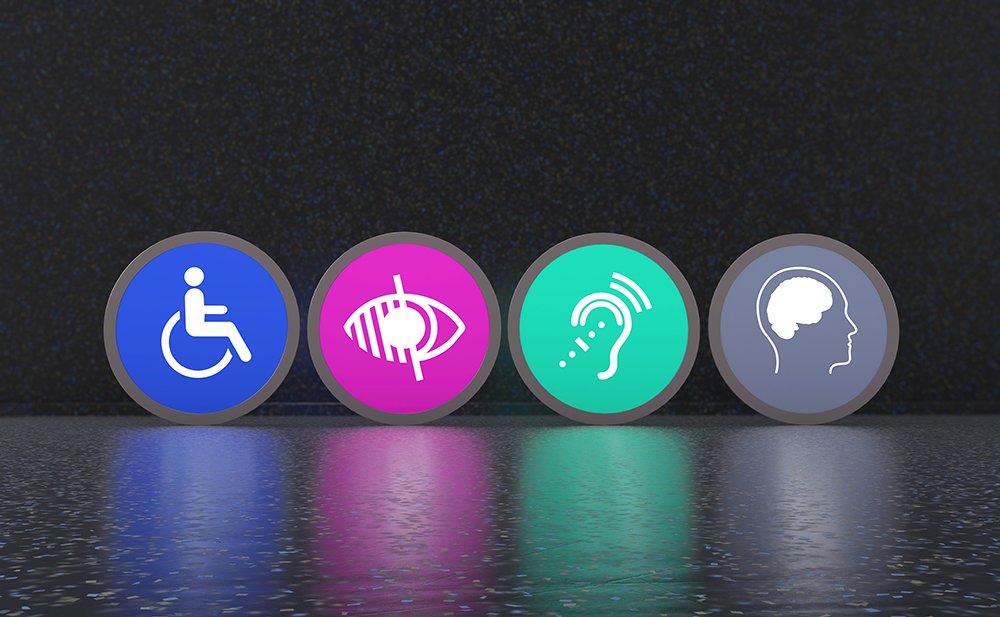Digital Accessibility for Nonprofits: Why It Matters and How to Get Started
Are You Reaching Everyone? Digital Accessibility Is Key to Expanding Your Nonprofit’s Impact
Did you know that over 26% of Americans live with a disability? Yet, many nonprofits unintentionally exclude this significant audience by overlooking digital accessibility. In today’s fast-paced, technology-driven world, your digital presence is a lifeline to connect with donors, volunteers, and clients. But is your nonprofit truly inclusive?
Digital accessibility ensures that people of all abilities—including those with visual, auditory, motor, or cognitive impairments—can effectively access and interact with your nonprofit’s online content. Without it, your organization may unintentionally alienate over 61 million Americans living with a disability—that is over 61 million potential supporters.
Let’s explore practical strategies to make your nonprofit’s digital presence accessible, fostering inclusion and expanding your reach.
Why Digital Accessibility Matters
An accessible digital presence benefits everyone—not just individuals with disabilities. Consider these examples:
Captions on videos: Useful for individuals with hearing impairments and people in noisy environments.
Adjustable font sizes: Essential for people with visual impairments and improves readability for aging eyes.
Keyboard navigation: Benefits individuals with motor impairments or temporary injuries.
For nonprofits, digital accessibility isn’t just about inclusion—it’s also about advancing your mission. Here’s how:
Expanded Your Reach: Remove barriers and engage a broader audience, including seniors and people with disabilities.
Boost SEO: Search engines prioritize accessible websites, driving more traffic.
Strengthen Your Reputation: Show donors, volunteers, and clients that your organization is truly inclusive and forward-thinking.


